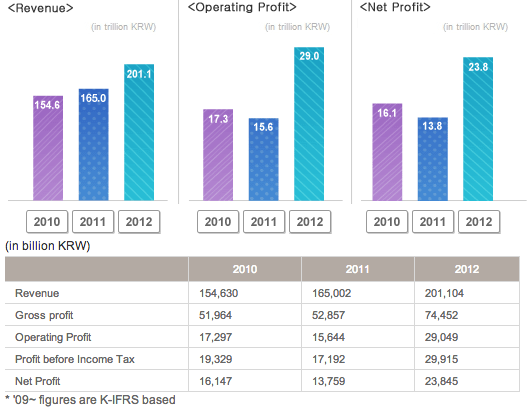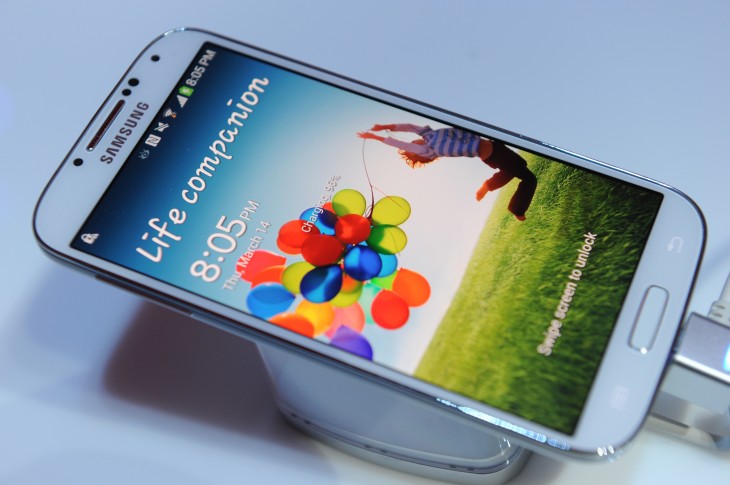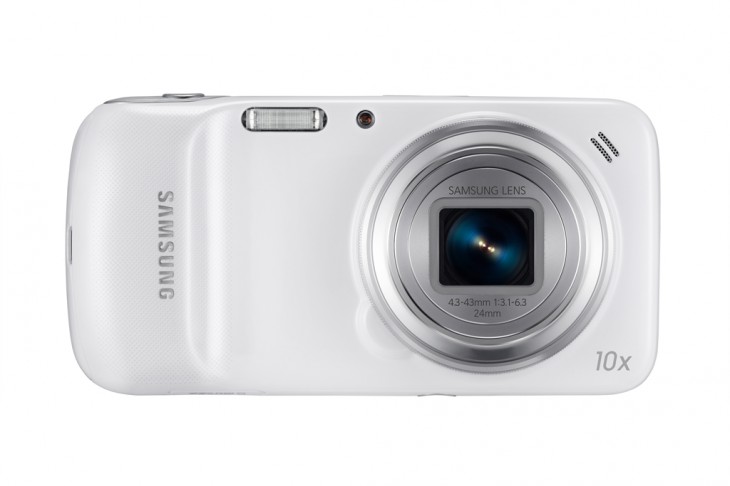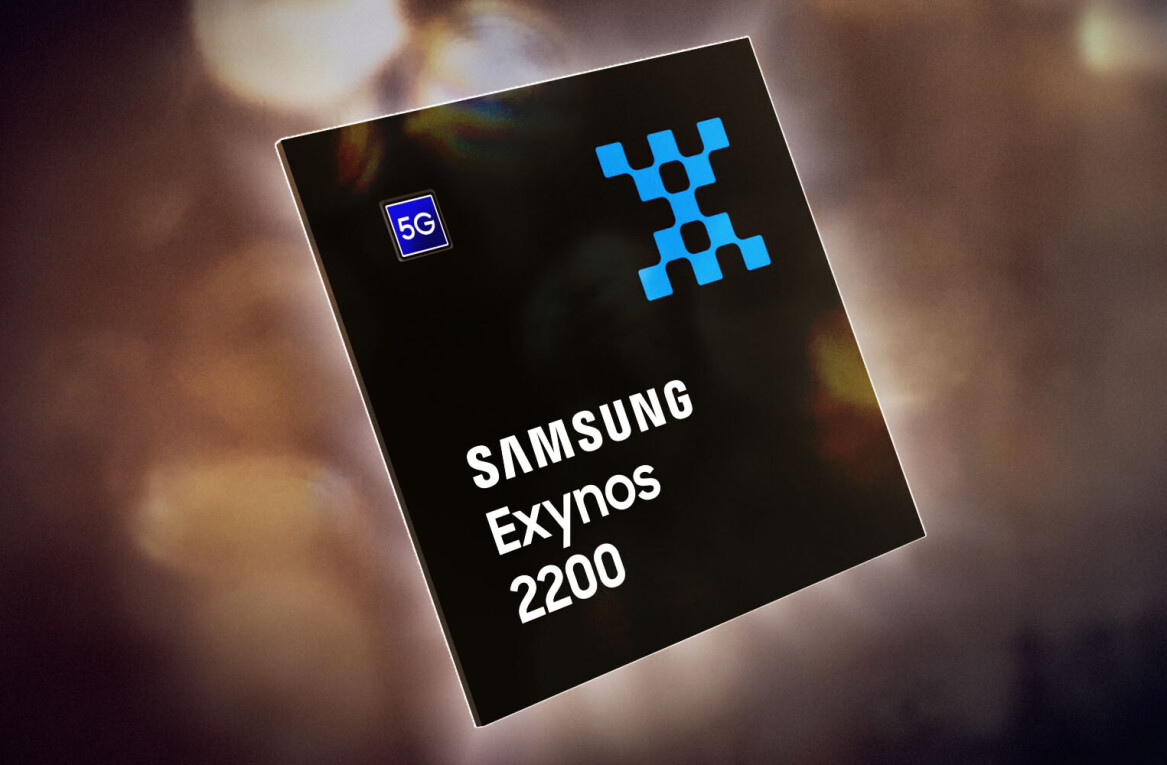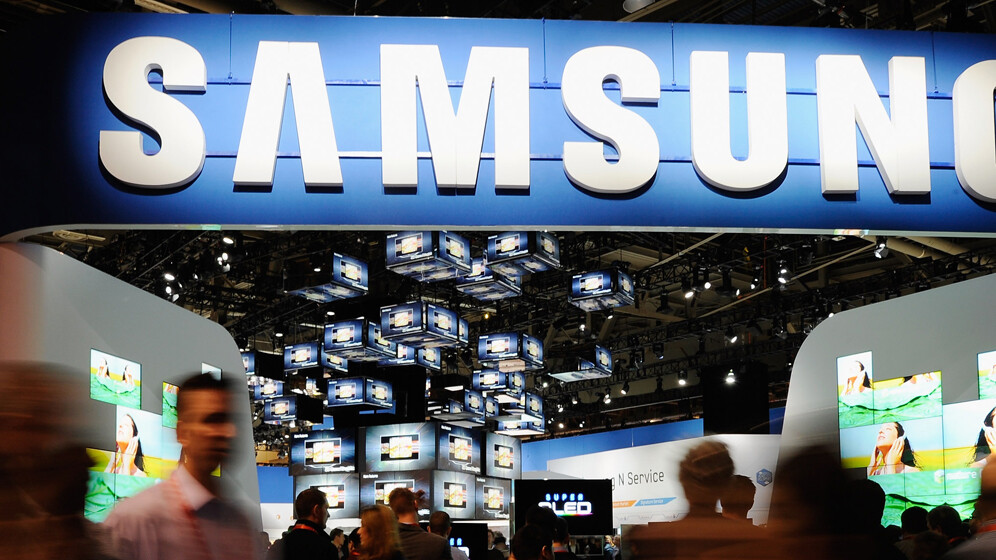
Despite posting record net profit for the second quarter of 2013 that was up 50 percent year-on-year, Samsung spent its earnings call assuring investors that the company is poised for further growth with its “competitive” line-up of products.
The reason for its defensive stance? There have been lingering concerns that the Korean company simply cannot maintain its explosive pace of growth any longer. In fact, Samsung warned that growth in its mobile business will slow in the third quarter due to the onset of more competition as more products are being rolled out.
Record profit not enough
Samsung announced its 2Q 2013 earnings today with KRW57.46 trillion ($51.7 billion) in revenue, in line with its earlier estimate of KRW57 trillion. Operating profit stood at KRW9.53 trillion ($8.6 billion), also in line with the guidance of KRW9.5 trillion, while net profit was seen at a record-high figure of KRW7.7 trillion ($6.9 billion).
Samsung has experienced phenomenal growth to date over the past year — its revenue increased by 21.9 percent from 2011 to 2012, while its operating profit jumped 85.9 percent and its net profit surged 72.5 percent. This was largely attributed to the roaring success of the Galaxy S3 phone — which hit 40 million channel sales in just seven months. Back in January, the company announced that Galaxy S shipments had topped 100 million, with the Galaxy S3 alone contributing 41 million units.
According to a Guardian report in 2011 citing IDC figures, Samsung shipped just 7.3 million phones in Q3 2010. Fast forward to Q2 2013, and IDC estimates that Samsung — which hasn’t provided figures publicly since Q3 2011 – shipped 72.4 million smartphones during the quarter.
The Galaxy S4 and marketing expenses
This piled on expectations for the Galaxy S4 phone, which has not disappointed — it became Samsung’s fastest shipping device ever when it topped 10 million “channel sales” (aka shipments to retailers) within a month of its launch, and reports from Korean media claim the device has already tipped the 20 million shipment mark.
However, how much goes into pushing these products? A lot, it seems. Samsung acknowledged in its earnings call that the increased expenditure related to promoting its products and tie-ups with distribution channels has taken a toll on the company’s financials, though it did not disclose any figures.
In 2012, Samsung spent $401 million advertising its phones in the U.S. compared with Apple’s $333 million, according to ad research and consulting firm Kantar Media, the Wall Street Journal reported in March this year.
The Korean firm is known for aggressive marketing and advertisements whenever it rolls out a new phone. For the launch of its flagship Galaxy S4 phone, Samsung held an over-the-top press event at New York’s Times Square featuring a live orchestra and a long series of skits.
Worries over market share
Many analyst firms have pegged Samsung as consistently having the greatest market share in smartphones. Strategy Analytics noted that Samsung was the world’s number one smartphone seller for the first quarter of this year in terms of revenue, while IDC has just pinned Samsung’s market share at 30.4 percent for the second quarter of this year according to shipments. However, in its latest report IDC noted that Samsung’s share of the market has receded slightly, going from 32.2 percent last year to 30.4 percent in Q2 2013.
During its earnings call, Samsung executives acknowledged that they see intensifying competition among vendors, resulting in “a certain amount of uncertainty.”
An ABI research report released today noted that feature phone shipments declined 20% year-on-year in the second quarter to 195 million units, as low-cost manufacturers continued to penetrate the up-market with increased device specifications. Senior Practice Director Jeff Orr says:
The second half of 2013 will be defined by fierce competition between price-aggressive OEMs moving toward the middle tiers for increased margins while at the same time top tier OEMs are diversifying portfolios into the middle in search of continued growth.
It is not only Apple that Samsung is facing off against — that analysis would be much too narrow-minded. Indeed, IDC noted that LG’s record haul of 12.1 million smartphone shipments represented a 130 percent year-on-year improvement, while Chinese firm Lenovo charted 130.6 percent year-on-year shipment growth.
Samsung said it would be likely rolling out more mid-to-low-end smartphones during the second half of this year, which may be targeted at keeping its hold on emerging markets. In the first quarter of 2013, Samsung sold a record 12.5 million smartphones in China alone.
Samsung has already been taking steps to cover as many aspects of the smartphone market as possible. Its Galaxy S4 has been rolled out in various versions — the Mini, the Active, the Zoom and the LTE-A.
Concerns over stock price
Samsung executives also addressed the worrying issue of the company’s stock price, which has underperformed the market recently. The Wall Street Journal has reported that brokerages have been downgrading the company’s stock and revising downward their shipping and earnings forecasts, with Samsung’s market value since mid-March declining by nearly $30 billion.
They argued that the current situation is a reflection of global macroeconomic issues that have affected the Korean stock market rather than company issues and that industry experts believe its stock is undervalued, but that the management will closely monitor the stock movement and strengthen its competitive advantage to improve the stock performance.
Future growth opportunities
With the smartphone market approaching saturation, Samsung executives identified the tablet and business-to-business (B2B) market as future growth opportunities. Samsung’s tablets have been posting solid mid-10 percent range growth, with 30 percent quarter-on-quarter growth expected for tablet shipments in 3Q 2013, according to the company. IDC noted that Samsung grew its share in the tablet market to 17.9 percent in the first quarter of this year, taking second place after Apple.
Samsung has also been on a drive to garner more market share in the B2B space, launching a global marketing campaign for business users and getting security approval for the Galaxy S4 from the US Department of Defense (DoD), clearing the way for the device to be used as part of a new policy for US government staff.
Samsung says it has one further flagship device to launch this year, and that’s almost certain to be the Galaxy Note. New versions of the tablet-cum-smartphone device has typically been launched at the IFA trade show in Berlin in previous years, and it is expected that the latest version will be unveiled at IFA 2013 which takes place next month.
The firm says that with this planned launch, it expects to see demand for its products increase and growth to sustain in the third quarter. Will Samsung’s growth ever be as rapid as the past year though? That could be hard to achieve given the amount of competition in the smartphone sector — what with Apple rumored to roll out a lower-priced iPhone and other players coming up with more products.
Samsung may just have to settle for slower growth — which is actually a natural progression after its spike over the past year, but this means investors will have to adjust their expectations accordingly.
Image Credit: Kevork Djansezian via Getty Images
Get the TNW newsletter
Get the most important tech news in your inbox each week.

